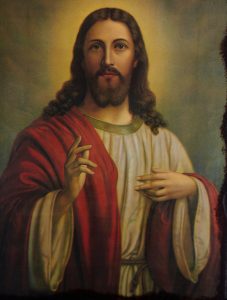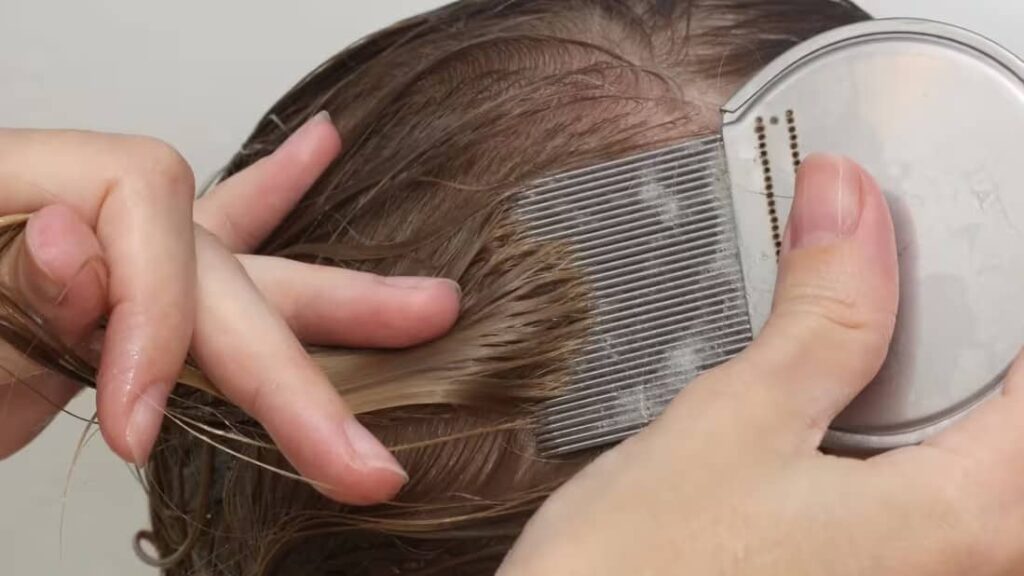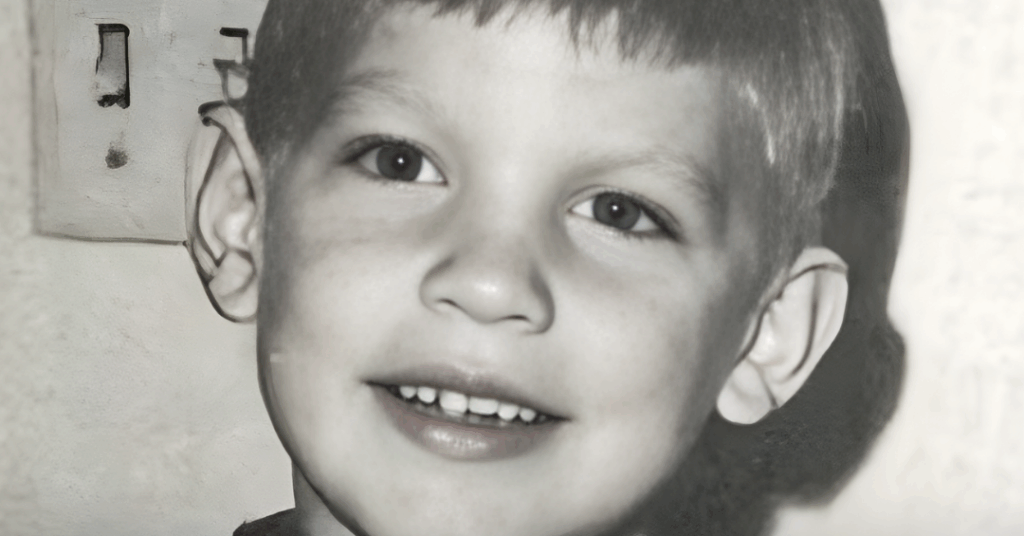Everyone has a familiar image of what Jesus looks like. In Western society, he is often depicted as a fair-skinned man with long, flowing hair, a beard, and a cream-colored robe with long sleeves. His face is so iconic that people claim to see it in everyday objects like pancakes, toast, and even, as one New Yorker once exclaimed, “I found Jesus in my Chicken Tikka Masala.” However, forensic experts suggest that these common representations—whether found in art, imagination, or even food—are likely inaccurate.
Over the centuries, thousands of paintings and drawings of Jesus have been made, yet no one truly knows what he looked like. The image of Jesus that we hold in our minds is largely shaped by artistic masterpieces, such as Leonardo da Vinci’s The Last Supper (1498), Michelangelo’s The Last Judgement (1541), and El Greco’s Christ Carrying the Cross (1540). These portrayals, along with countless appearances in popular culture, typically depict Jesus as a long-haired, often blue-eyed man, wearing a robe and sandals.
However, the New Testament offers no description of his physical appearance, and there are no skeletal remains to conduct DNA analysis. While his true appearance has long remained a mystery, experts now believe they have created a more accurate representation of the Son of God.
AI-created Jesus
A Dutch photographer and digital artist used advanced artificial intelligence technology to create what he claims is a “historically accurate” image of Jesus. Bas Uterwijk, an expert in algorithmic picture synthesis, explained that he used a neural network trained on thousands of photos and paintings of human faces to generate the portrait. “I incorporated various cultural depictions of Jesus, including Byzantine and Renaissance works like Leonardo da Vinci’s Salvator Mundi, and the Turin Shroud, adjusting the ethnicity to better reflect a Middle Eastern appearance,” he said.
He added, “My Jesus portrait is currently going viral on Twitter, though I’m not being tagged, so for those interested…” Uterwijk explained that he “felt the original depictions lacked historical accuracy,” so he adjusted the hair and beard to a more realistic length and style for the time and region. He also incorporated elements from Fayum mummy portraits, moving away from the influence of Renaissance art. He emphasized, “The result is an artistic interpretation of how this man might have looked, rather than a scientific attempt to recreate an exact likeness.”
Forensic reconstruction
Analyzing data
The process involved a detailed analysis of cultural and archaeological data, using methods similar to those employed in criminal investigations. The team X-rayed three Semite skulls—discovered by Israeli archaeologists—from the same time period as Jesus. Using computerized tomography, the skulls were virtually “sliced” to reveal intricate structural details. After calculating muscle and skin density with specialized software, the experts created a digital 3D facial reconstruction. They then made a cast of the skull, layering it with clay to match the facial tissue thickness determined by the program. Features like the eyes, lips, and nose were added based on the skulls’ predicted shapes.
The skull analysis couldn’t determine Jesus’ eye color or hairstyle, so the team studied first-century artwork from archaeological sites predating the Bible. Based on this research, they theorized that Jesus likely had dark eyes and, in keeping with Jewish traditions, a beard.To deduce his hairstyle, the team turned to the Bible. Contrary to popular depictions, they concluded Jesus probably had short hair with tight curls. A passage written by Paul in the Bible states, “If a man has long hair, it is a disgrace to him,” supporting the idea that Jesus likely wore his hair short.
This image contrasts sharply with the long-haired figure seen on the Shroud of Turin, a cloth bearing what some believe is the image of Christ after his crucifixion, which surfaced in 1354. To estimate his height and weight, the team studied the skeletal remains of Semite men from the same era. They concluded that Jesus was likely smaller in stature, around 5-foot-1 and weighing approximately 110 pounds.

Experts also speculate that, having worked outdoors as a carpenter until the age of 30, Jesus would have been tanned and had more muscular physique than traditional Western art depicts. Responding to a story shared on Facebook, many people commented with a resounding, “Amen!” Interestingly, these new depictions bear a closer resemblance to the “Prince of Peace” painting created by Akiane Kramarik when she was just eight years old. Akiane claimed to have seen the image of Jesus in her dreams, and her painting is now considered priceless and recognized worldwide.
These recent findings may upset some devout followers, especially those who see his familiar image in food. Jeff Jordyn, 52, recounted an experience in 2022 when he was eating chicken tikka masala and suddenly noticed the face of Christ in his curry. “When I put my fork down, it shifted a bit of sauce around the eyes. I didn’t think much of it, but that actually transformed it into Jesus,” he said. Comparing the image in his curry to traditional portrayals of Christ, Jordyn added, “This is the only time I’ve seen someone appear in my food. I’m not really big on divine intervention.”
New York man sees Jesus in his curry https://t.co/cxzI3Fplsz pic.twitter.com/0bOAHCAeQI
— New York Post (@nypost) November 1, 2022
Perhaps people will now begin to envision Jesus with different physical characteristics. Science and technology provide remarkable insights into our past, making it fascinating to see how experts have recreated an image of Jesus.
What are your thoughts on this story? Please share your opinions and let’s hear what others think about Jesus’ new look!



